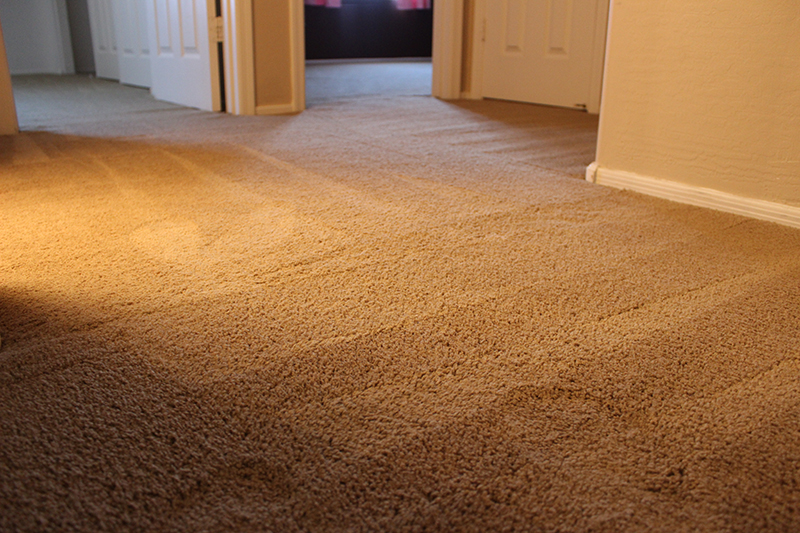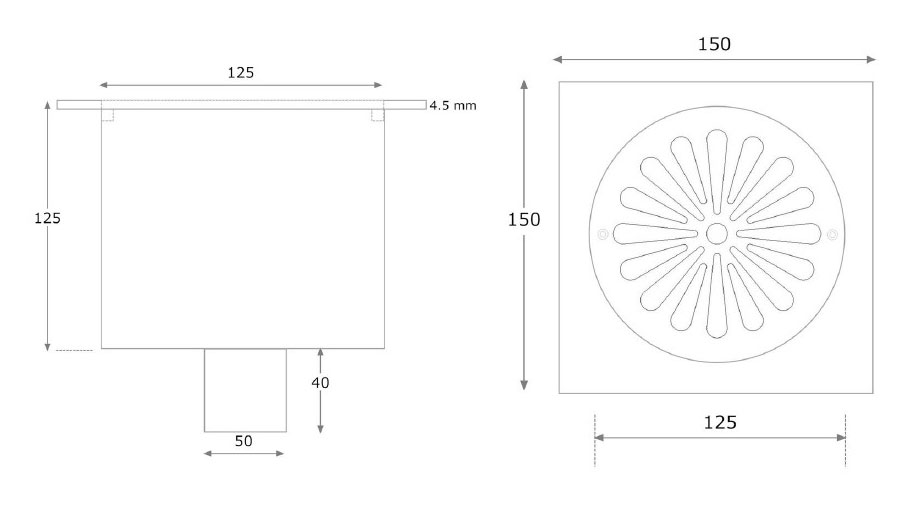Table of Content
Seborrheic keratoses can grow up to an inch wide or can be tiny. They are not deadly or painful, but over time they become itchy and irritating. Skin growths like seborrheic keratoses are sometimes also called epidermal tumors. Technically, moles and warts are also epidermal tumors. That just means they are clusters of extra cells on the epiderma, the outer layer of the skin.
Freeze, burn, or scrape off were your only barbaric options until the FDA recently approved a simple topical treatment of 40% concentrate hydrogen peroxide. It is especially useful for the natural treatment of inflamed seborrheic keratosis, and seborrheic keratosis on the scalp. One way to get rid of the growths is to cut off their blood supply by tying long strands of hair around the base of the growths. But, if the growths are irritated you can ease the itchiness and pain by applying a cool compress to the affected area any time you feel discomfort. Irritants such as clothing and jewelry can aggravate seborrheic keratosis.
When to visit a doctor regarding seborrheic keratosis?
Seborrheic keratosis can be aggravated by jewelry, clothing, and other types of irritants. To avoid further aggravation, keep away from things that will further irritate your skin until you heal. You can stick to natural fibers when it comes to clothes. It is possible to treat pigmentation yourself at home.
But you might want to have it removed if it becomes itchy or irritated or you don’t like the look of it. Your healthcare provider can remove it for you in the office using one of several common methods. Seborrheic keratosis and actinic keratosis can resemble each other.
Causes of melanoma
Seborrheic keratoses usually grow slowly and may develop their texture gradually over time. If many seborrheic keratoses erupt suddenly together, it might raise some concern. This unusual occurrence has sometimes been considered a sign of internal cancer. The correlation is not yet proven or explained and may only be a coincidence.
In order to be on the safe side, you should ensure that you continue with the application for up to a week after the keratosis had been removed from your skin. The primary cause is the same for both actinic keratosis and seborrheic keratosis. The main symptom of actinic keratosis is the rough and blistering patches that develop on the skin along with severe burning and itching sensations. Seborrheic keratosis marks the appearance of black bumps on the skin surface but is relatively painless. Apple cider vinegar is one of the most remarkable remedies for senile warts and inflamed seborrheic keratosis.
Coconut Oil For Seborrheic Keratosis
We have had success using 5-FU 2.5%/salicylic acid 17% as a guided at-home treatment for SKs, with weekly follow ups. A 5ml tube can treat one to two dozen lesions , which is cost-effective for patients. ESKATA is a targeted treatment applied directly to the raised SK using a pen-like applicator. The ESKATA topical solution itself is just 40% hydrogen peroxide in isopropyl alcohol and water. This method can be painful but some patients have found it to be effective. Tying the growths will cause them to shrink and eventually fall off but the process may take several weeks or months.

Some ugly crusts will form but they will fall off leaving behind nice healthy skin. This skin nuisance is common with age and should not worry you that much. Without any sort of interference, this condition is harmless and painless- avoid scratching and any forms of irritants. Home remedies treat seborrheic keratosis very effectively, with some working really fast while others require some patience. This is usually the best alternative for this condition. If you prefer medical care and a visit to the doctor, that too is an option.
Aloe Vera For Seborrheic Keratosis
Thus, 5-FU 2.5%/Salicylic Acid 17% has become a first line treatment in our practice not only for warts, but SKs as well. Scarring can potentially occur from 5-FU 2.5%/salicylic acid 17% if tissue destruction occurs beyond the epidermis. This is why weekly follow up and patient education are important. We also advise to discontinue when the lesion becomes flat or it peels off and has no visible lesion underneath. With these instructions and weekly follow up, we have not had any cases of scarring to date.

Glycolic acid is put in a spray can which is used to spray on the growths on the skin. This seborrheic keratosis removal at home method usually irritates for the first time but with time, it will stop. However, if the situation worsens, please stop using this seborrheic keratosis removal at home method. After this acid has been sprayed on the skin, it is supposed to be left there for hours.
The other advantage of freezing to removing seborrheic keratoses is that the aftercare is simple. This is one of the most popular natural seborrheic keratosis removal. Home remedy for seborrheic keratosis is sought after by people who wish to remove it without extensive surgical treatments. Treatment of multiple seborrheic keratoses can present many challenges. SKs can be bothersome, with many patients complaining of pruritus in the involved areas.

For instance, experts have it that excessive consumption of genetically modified food is one of the major causes of seborrheic keratosis. In addition, the chemicals applied on skins are another main cause of this skin condition. The easiest way to remove seborrheic keratoses is to freeze them off with liquid nitrogen.
If your healthcare provider is in any doubt about your growth, they might want to remove it for biopsy. Analysts concur that the level of access to the internet is currently higher than at any point in history. Seborrheic keratosis removal can be done at home with a few natural remedies. Apply the hydrogen peroxide on the affected skin using a cotton piece of cloth. The patient whose photos are shown returned one week after using WartPeel for seven days. His SKs prior to treatment were severe, and great improvement was seen.
While the causes are unknown and these moles may look like cancerous growths, they should not be a cause for alarm. Most people only remove the growth for cosmetic and not health reasons. Talk with your doctors about the risks and benefits of each method. Some methods can cause permanent or temporary skin discoloration and scarring. After treatment, you might develop a new seborrheic dermatosis elsewhere on your body. First your doctor will numb the area and then use a scalpel blade to remove the growth.
Mayo Clinic Press
You're likely to start by seeing your primary care doctor. In some cases when you call to set up an appointment, you may be referred directly to a specialist in skin diseases . Brain tumor, breast cancer, colon cancer, congenital heart disease, heart arrhythmia.



















